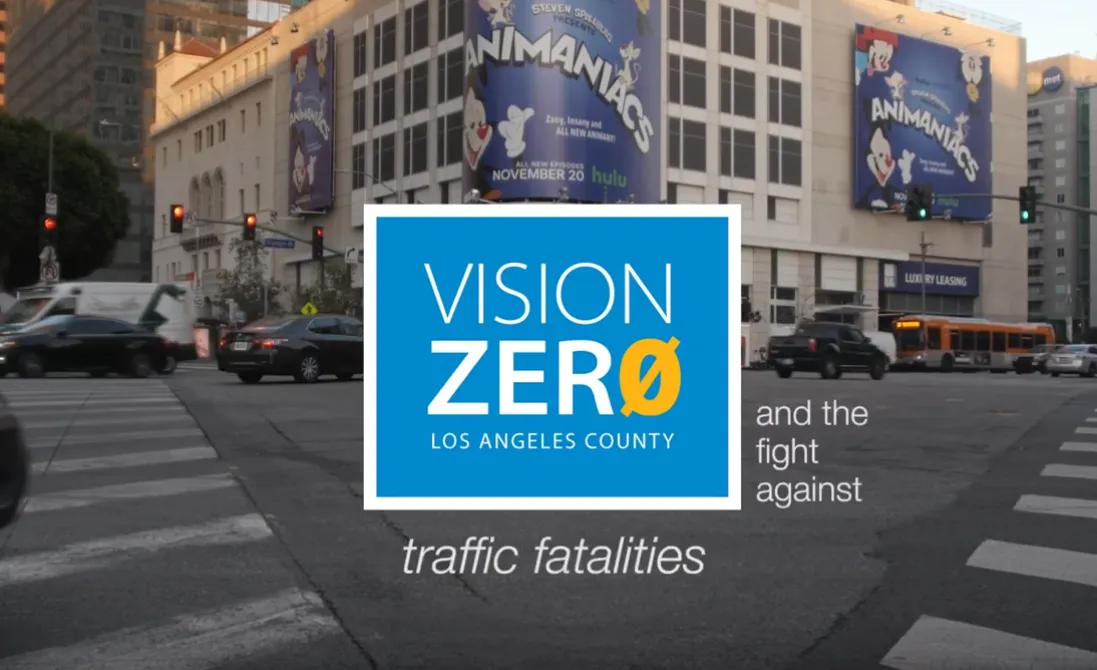ARTBA’s annual video competition winners have been announced.
By MJ Woof
March 4, 2021
Read time: 2 mins

The winners of the annual video competition from the American Road Transportation and Builders Association (ARTBA) have now been announced. These include a Cornell University student, a high schooler from California, a college student at the University of Southern California (USC) and a high schooler from Washington State. The 10th annual ARTBA Student Transportation Video Contest has been sponsored by its Research & Education Division (RED). The competition aims to raise awareness about infrastructure issues by challenging students to develop a brief video exploring a topic related to the US transportation network.
Students from across the country submitted videos. Winners were selected by a panel of ARTBA members and film industry experts. Some of the topics included electric cars, automated vehicles, safe driving practices, and local transportation projects. The COVID-19 pandemic and its effect on transportation systems was a prominent theme among entries.
The honorees include:
First Place: Age Group One (Elementary, Middle or High School Students). “Transportation and Safety During a Pandemic,” by Shreyan Mitra, a sophomore at Adrian C Wilcox High School in Santa Clara, California. His video focuses on how to make public transportation safer during the current pandemic. Shreyan dedicates his video to Audrey Lopez, a Santa Clara Valley Transportation Authority bus driver, who passed away after contracting COVID-19 in 2020.
First Place: Age Group Two (Post-Secondary/College/Graduate Level). “Public Transit in the Time of Corona,” by Gillian Harrill, a junior at Cornell University (NY) pursuing a degree in communications and anthropology. Her video, using drawings and a whiteboard, addresses the challenges transit systems face from the coronavirus pandemic and its effect on the health of transit workers and passengers.
Second Place: Age Group One (Elementary, Middle or High School Students). “Part of Our Environment: Transportation Vehicles,” by Grace Matsuoka, a high school freshman at Olympia High School in Washington. Her video highlights the effect of fuel-powered vehicles on the environment and the increased importance of electric vehicles in stemming air pollution.
Second Place: Age Group Two (Post-Secondary/College/Graduate Level). “Vision Zero and the Fight Against Traffic Fatalities,” by Ben Ephraim, an undergraduate freshman at USC studying film and television production and a student worker for METRANS, where he helps create videos that educate the public about transportation problems. Using several interviews, his video examines the safety environment in Los Angeles County and how transportation fatalities are concentrated in poor and underserved communities.








